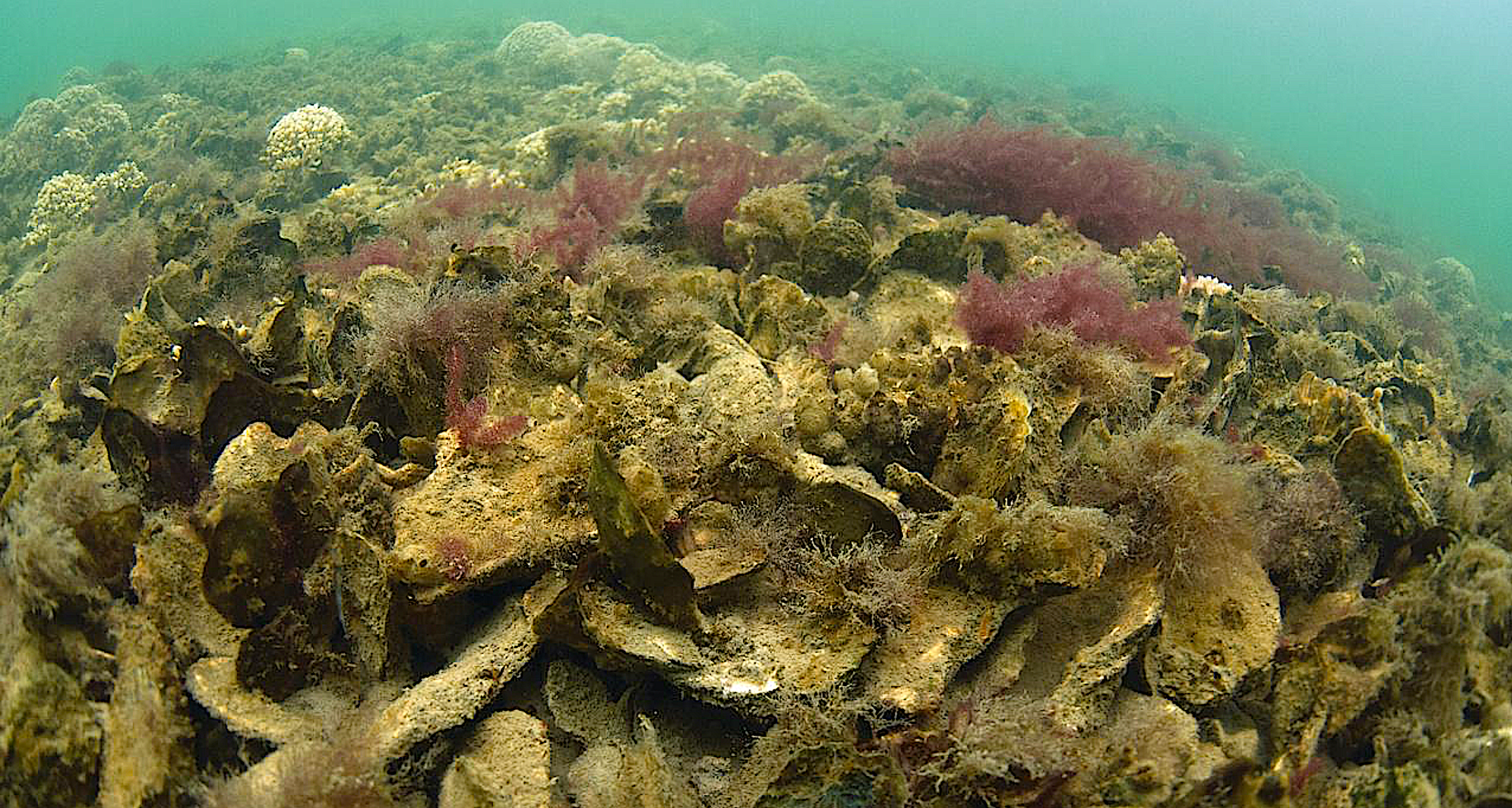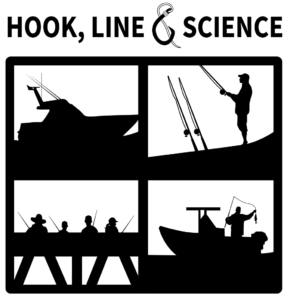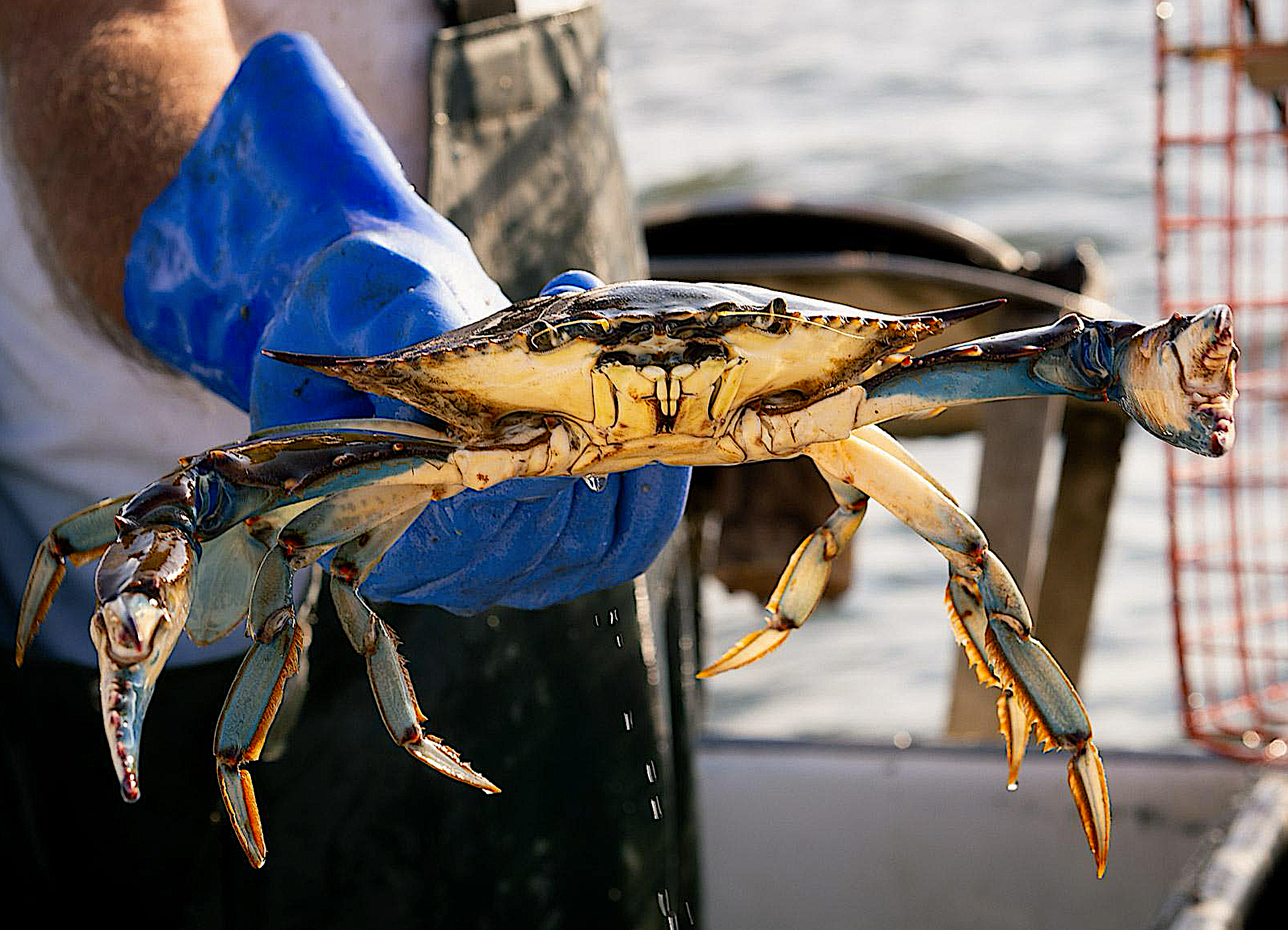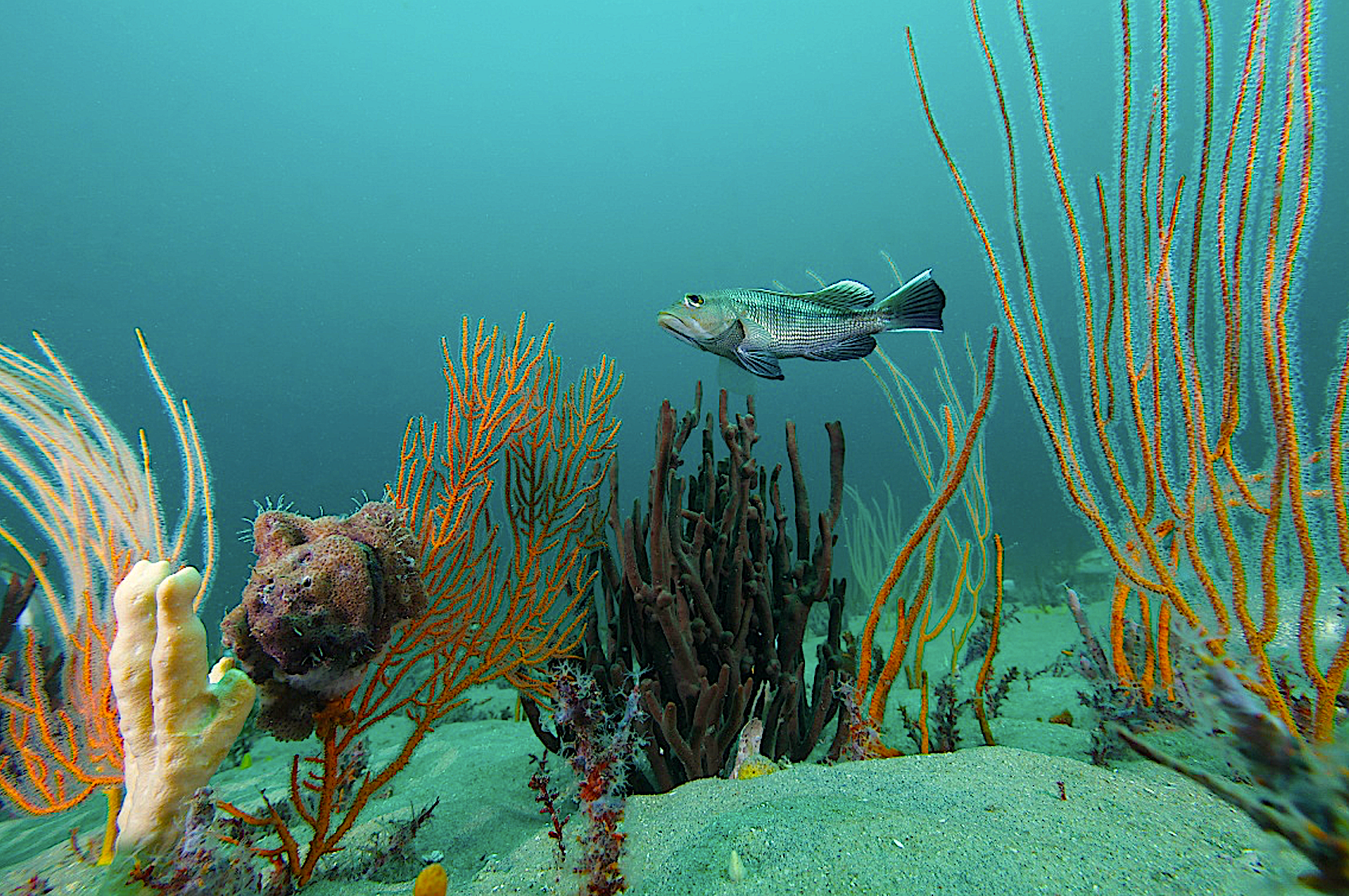Does Recreational Oyster Harvesting Harm Coastal Habitats?

It depends on how you look at oyster reefs.
Research Need
As oysters reproduce and grow on top of existing oysters and shells, they create oyster reefs, which provide habitat for other marine life. In fact, eastern oysters provide habitat for at least 300 other species in estuaries in the Southeast.
Not only do reefs support a diverse community of plants and animals, they also support a tradition of recreational oyster harvesting that dates back millennia — which makes it even more important to understand and protect them. Harvesting oysters can change the reefs in ways that affect the fish, crustaceans, and other species that call the reef home.
The effects of commercial harvests are well-documented, but we know less about recreational harvests.
What did they study?
Scientists studied four reefs on the South Carolina coast, before and after the season for oyster harvests.
The team assessed the reefs by measuring reef height, slope, oyster density, oyster sizes, and more. They also collected samples of reef-dwelling species in order to better understand the composition of the reef community.
After collecting data, the team analyzed changes to the reefs and the species that live on them, before and after the harvest.
What did they find?
Results showed that harvested reefs were less dense with oysters than unharvested reefs. But, surprisingly, the reefs did not change much physically.
Nor did oyster harvests have a significant impact on the numbers and variety of organisms that live on reefs — with one exception. Grass shrimp were fewer in number and smaller in size in harvested areas.
Oyster harvesting did not appear to affect snapping shrimp, mud crabs, and the invasive green porcelain crab.
Anything else?
One possible reason the study did not observe more changes to reefs after oyster harvesting has to do with “oyster recruitment” — when floating oyster larvae settle on a reef, eventually to grow into adults. The studied region experiences higher rates of oyster recruitment, which the researchers hypothesize could compensate for the removal of oysters through recreational harvest.
So what?
Moderate recreational oyster harvesting did reduce the density of oysters, though the study didn’t find a significant impact on marine life associated with oyster reefs. Further research using technology like high-resolution imagery may help us to better understand the impacts of recreational oyster harvesting.
Reading
Dunn, R. P., Pelton, M. M., & Doll, L. G. (2023). Moderate recreational oyster harvest has variable impacts on biophysical properties of reefs and reef‐associated fauna. Ecosphere, 14, e4597. https://doi.org/10.1002/ecs2.4597
BY MAYA AFILALO.
Funding was provided by the Annual Operations Award to the North Inlet-Winyah Bay National Estuarine Research Reserve and USC’s Magellan Scholar Program (to Lillian G. Doll).
The text from Hook, Line & Science is available to reprint and republish at no cost, but only in its entirety and with this attribution: Hook, Line & Science, courtesy of Scott Baker and Sara Mirabilio, North Carolina Sea Grant.

- Categories:



